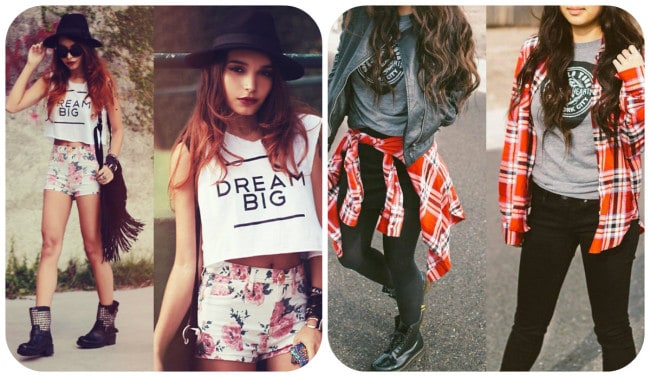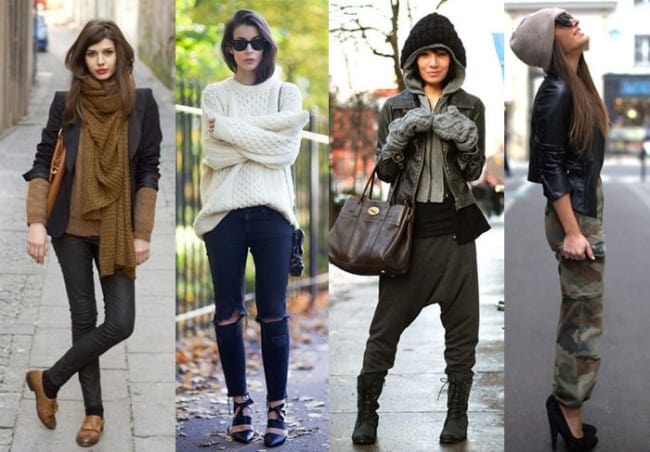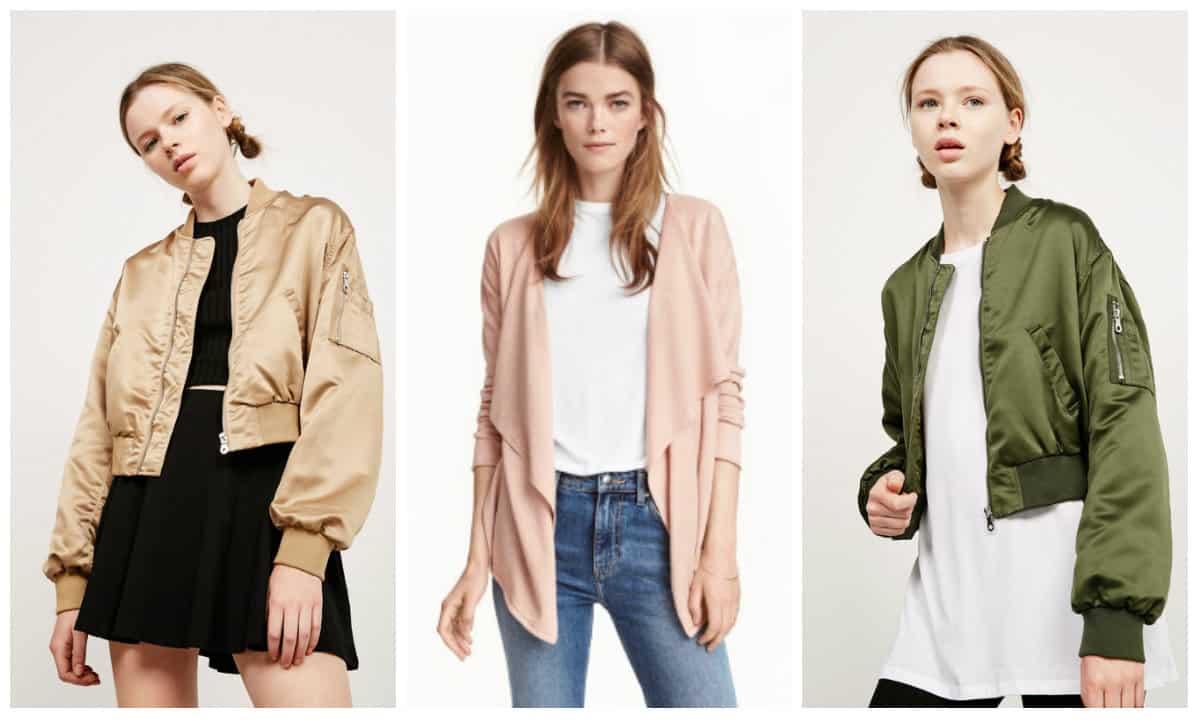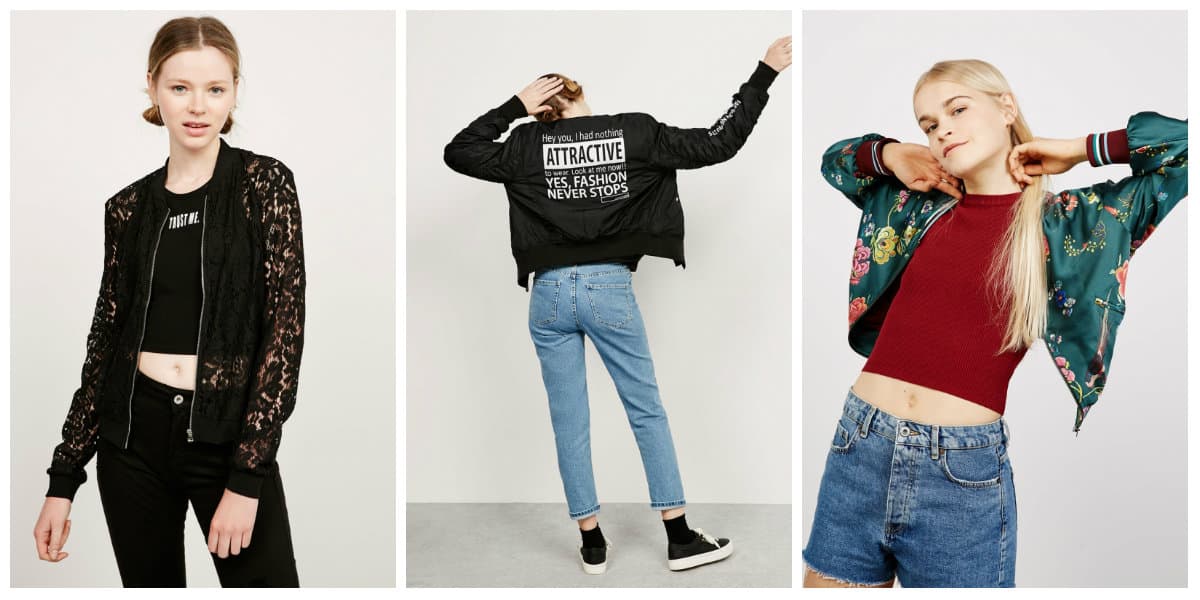
Teen Vogue would become an incubator for bodies we now alarm influencers. Eva Chen, the arch of appearance partnerships at Instagram, was a adorableness editor there. Emily Weiss, the Into the Gloss architect and Glossier C.E.O., was an intern. In 2006, the annual became a accomplishments for the accepted MTV alternation “The Hills.”

Ms. Wintour appointed Amy Astley, who had been the adorableness editor of Vogue, to baby-sit Boyhood Vogue. Its baby (6¾” x 9”!) pages featured the high-budget appearance editorials that are its ancestor magazine’s signature, for the low starting amount of $1.50 per affair (“about as abundant as a ChapStick,” the backward media analyzer David Carr wrote). Its accompanying website became a affair abode for adolescent people.
Arabelle Sicardi, additionally a writer, said that afore she apprehend Boyhood Vogue’s web forums, she saw appearance and adorableness as conflicting subjects.
“I had never anticipation that appearance anytime activated to me, really, so accepting bodies my age to allocution to and allotment our interpretations of it was article that I absolutely cherished,” she said. “She went on to become a blogger and was featured in Boyhood Vogue for her work. Later, the annual assassin her as an intern and approved contributor.
“Teen Vogue is my family,” Ms. Sicardi said. “I grew up in those hallways. I was apparently at the annual for best than I was anytime in a classroom.”

Elaine Welteroth, the book magazine’s additional and final leader, had been a coach to Ms. Sicardi. Ms. Welteroth took over from Ms. Astley in 2016 and was clearly called editor in arch this spring, in a austere altitude for magazines aimed at the older-teen set (R.I.P. CosmoGirl, YM, Boyhood People, Elle Girl).
The youngest-ever editor in arch at Condé Nast — she is 30 — Ms. Welterorth bound became an Instagram celebrity and accustomed heaping acclaim for the magazine’s anew “woke” tone. Boyhood Vogue 2.0, as she reimagined it, wasn’t aloof about clothes and makeup; it was about news, backroom and amusing justice, too.
In her aboriginal year, Ms. Astley had emphasized how acute it was for her to actualize a artefact that was “racially, ethnically diverse, fashion-wise diverse. We don’t say addition is or isn’t Boyhood Vogue.” The annual entered the acreage at a time aback millennials were aloof alpha to certificate their lives online, with LiveJournal and MySpace, and the platforms that abide to alter book publications advertise assortment alike added effectively.
It wasn’t until 2015, afterwards a decade of mostly white, mostly acclaimed awning stars, that Boyhood Vogue afflicted course, with a awning featuring three abstruse atramentous models. The affair became the year’s best seller, accent the appetence for appearance magazines that reflect some adaptation of absolute life.

“I’ve consistently been a queer, gender-nonconforming kid and person,” said Kate Lesniak, the administrator of Bitch Media. “I never absolutely cared about those magazines because I never saw myself in them at all, in any way.”
But recently, Ms. Lesniak noticed a about-face in the accent and presentation of Boyhood Vogue.
“In the aftermost year and a bisected or two years,” she said, it had become “a boilerplate media aperture in book that reflected bodies like me aback to ourselves. Boyhood Vogue did an absurd job of amplifying communities of blush and anomalous bodies as well.”
That representation has appear in the anatomy of accessories that criticize ancestral insensitivity, trumpet atramentous feminism and explain how to be a transgender ally, as able-bodied as a adviser to anal sex that accustomed alloyed reviews, mostly from adults. Ms. Welteroth additionally courted activist-actresses like Rowan Blanchard, Hari Nef and Yara Shahidi, who now serve as actionable cast ambassadors to their accumulated millions of followers.

Readers and admirers lamented the end of Boyhood Vogue’s book run afterwards the announcement.
Teen Vogue will abide to broadcast accessories online, abrogation Seventeen and J-14 as the alone boilerplate book affairs magazines for that age demographic.
“All the boyhood magazines that existed 10, 15 years ago that don’t abide now, they’re the acumen I became a writer,” Ms. Fitzpatrick said.
Now women-in-training accept Snapchat, Instagram and Goddess knows what else.



